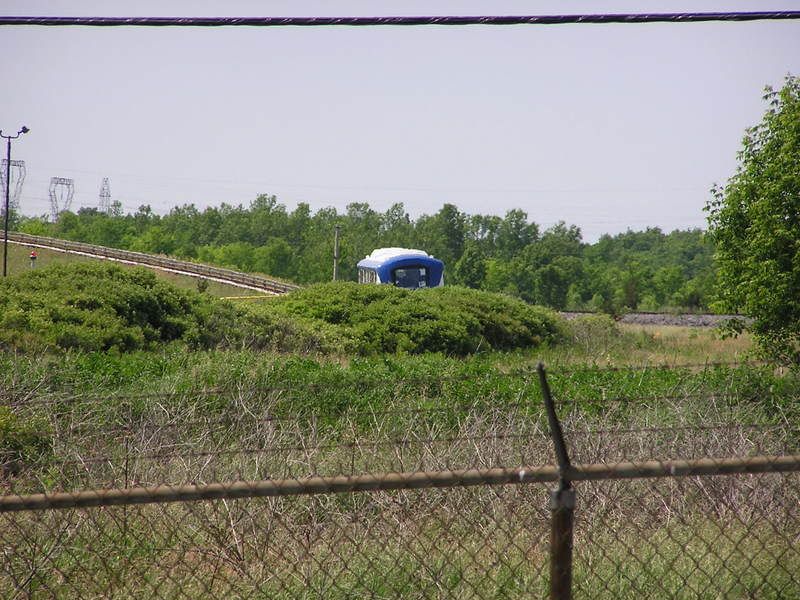Hipster Duck
Senior Member
Well, okay, I'm going to try to get the ball rolling on a wildly speculative discussion on the electrification of the Lakeshore GO line.
It is, IMO, the most important transit addition in the city since the opening of the Bloor Danforth subway line. The question is: what kind of service are they planning? If they're just going to replace the diesels with an electric locomotive and continue to run 12 car commuter trains at current frequencies I would say that the dream of proper regional rail in this city is, more or less, extinguished. My hope is that they buy entirely new, single-floor EMU rolling stock and run it at proper (15 minute) frequencies with varying levels of express service.
Will 3 tracks be enough to sustain these levels of service? How high will the catenary have to be for double stack container trains to clear? Does that mean that existing bridges will need to be replaced? Will they need to install more switches? Will there be more flyovers at busy junctions like the [don't know the name] bypass in Burlington? These are the kinds of questions I'm hoping separate threads will make easier to answer.
It is, IMO, the most important transit addition in the city since the opening of the Bloor Danforth subway line. The question is: what kind of service are they planning? If they're just going to replace the diesels with an electric locomotive and continue to run 12 car commuter trains at current frequencies I would say that the dream of proper regional rail in this city is, more or less, extinguished. My hope is that they buy entirely new, single-floor EMU rolling stock and run it at proper (15 minute) frequencies with varying levels of express service.
Will 3 tracks be enough to sustain these levels of service? How high will the catenary have to be for double stack container trains to clear? Does that mean that existing bridges will need to be replaced? Will they need to install more switches? Will there be more flyovers at busy junctions like the [don't know the name] bypass in Burlington? These are the kinds of questions I'm hoping separate threads will make easier to answer.






